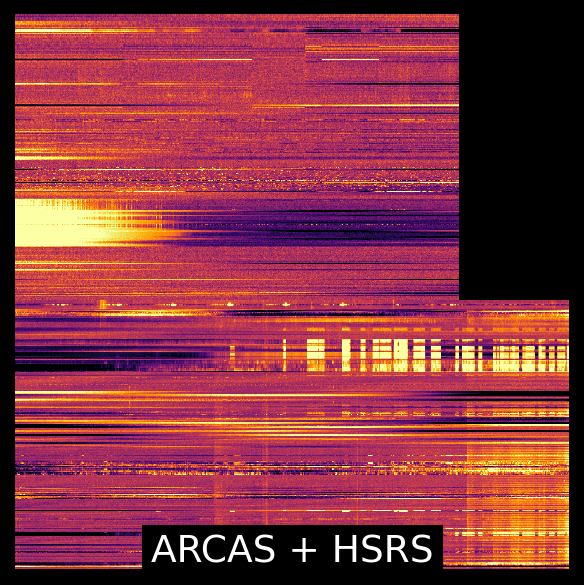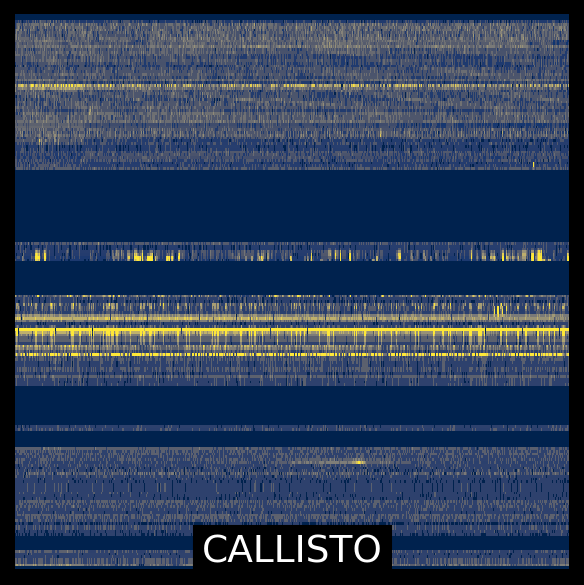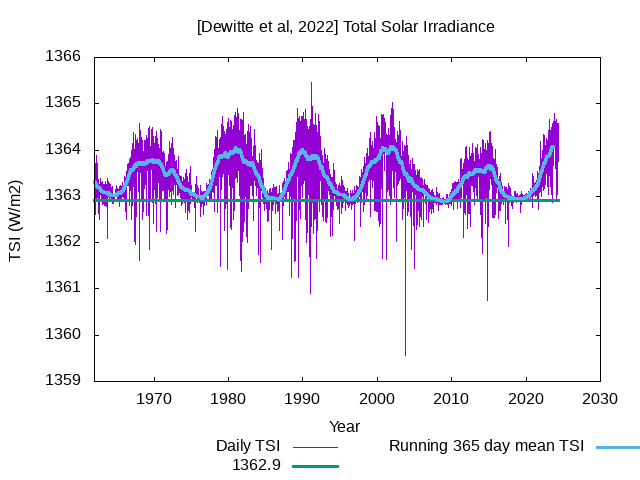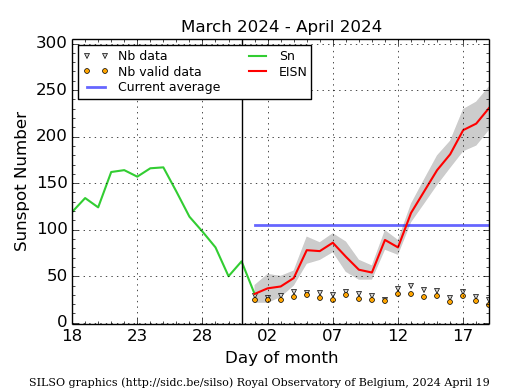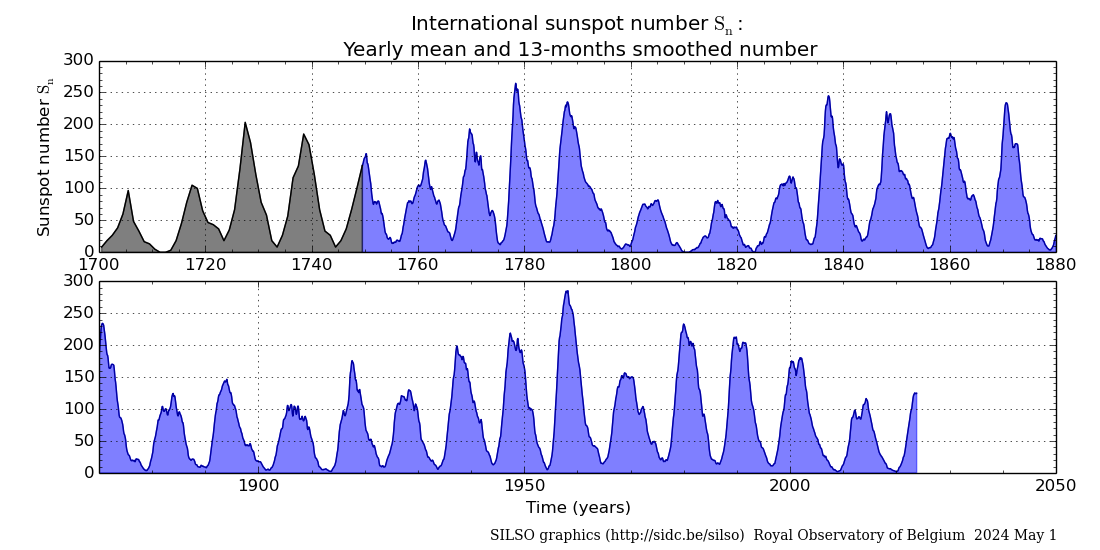The solar flaring activity was at very high levels with several M-class flares and two X-class flares during the last 24 hours. The strongest reported flare was GOES X2.3 flare which peaked at 09:13 UTC on May 09, produced by NOAA Active Region (AR) 3664. During the flare, source region (AR 3664) of the flare had beta-gamma-delta configuration of its photospheric magnetic field. The solar flaring activity is expected to be at high to very high levels over the next 24 hours possibly with several M-class flares and chance for X-class flare.
A halo coronal mass ejection (CME) was observed on SOHO/LASCO-C2 images starting around 12:48 UTC on May 08. This halo CME is associated with a M8.7 flare, which peaked at 12:04 UTC, produced by NOAA AR 3664. With its source region closer to the central meridian and with a projected speed of about 446 km/s (as measured by the Cactus tool), the corresponding ICME is expected to impact the Earth on May 11. A narrow CME (about 70 deg width) was observed on the NE limb around 19:24 UTC on May 08, which is possibly associated with a filament eruption around 18:30 UTC (below NOAA AR 3667). It has projected speed of about 440 km/s, as detected by CACTUS tool. Only a glancing blow, associated with this CME, can be expected at the Earth late on May 11 or early on May 12. Another partial halo CME was first observed on SOHO/LASCO-C2 images around 22:36 UTC on May 08. This CME is associated with a X1.0 flare, which peaked at 21:40 UTC, produced by NOAA AR 3664. It has a projected width of about 184 deg and a projected speed of about 552 km/s (as measured by the Cactus tool). With its source region closer to the central meridian, the corresponding ICME is expected to impact the Earth late on May 11 or early on May 12. An X2.3 flare occurred with a peak time 09:13 UTC on May 09, produced by NOAA AR 3664. Associted Type II and type IV radio emissions were detected at 09:02 UTC and 09:10 UTC, respectively, during the flaring activity. Corresponding EUV wave is also observed on SW quadrant of the Sun. The associated CME will possibly have Earth directed components. Further analysis will be carried out once thecorresponding LASCO images are availble.
Two coronal holes (CH) has started to cross the central meridian on May 8, with one CH spanning 0 N - 40 N (positive polarity) and another CH spanning 29 S - 43 S (negative polarity). The solar wind from these coronal holes may enhance the solar wind environment near Earth on May 11.
The greater than 10 MeV GOES proton flux was below the threshold level over the past 24 hours and is expected to remain so for the next 24 hours.
The greater than 2 MeV electron flux, as measured by the GOES-16 satellite, was below the threshold level over the past 24 hours and is expected to remain so in the coming 24 hours. The 24h electron fluence is presently at normal level and is expected to remain so for the next 24 hours.

